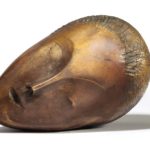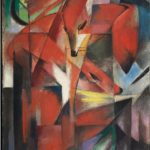BONN.- During the Weimar Republic, Verism and the New Objectivity (Neue Sachlichkeit) were among Germany’s most characteristic art phenomena. These movements no longer responded to the experiences of World War I and the subsequent crisis of society by using the Expressionist utopia of the new man, an ecstasy of the subject and his emotions (“Emotion is a private matter”, Bertold Brecht stated in 1926). Neither did they react with the Constructivism the Bauhaus used for conveying art and life. They rather cast a cool, finely tuned glance to a reality that ran between social misery and the banality of everyday life. Sober, unsentimental and sharp, they rendered figures and things by means of their contours in order to give them sustenance and firmness once again in an attempt to stabilize and make manageable a world that had become unmanageable. Instead of dynamically breaking through boundaries, a static delineation
Works from the Museum of Prints and Drawings Berlin, on Display at Kunstmuseum Bonn
Back To Top







